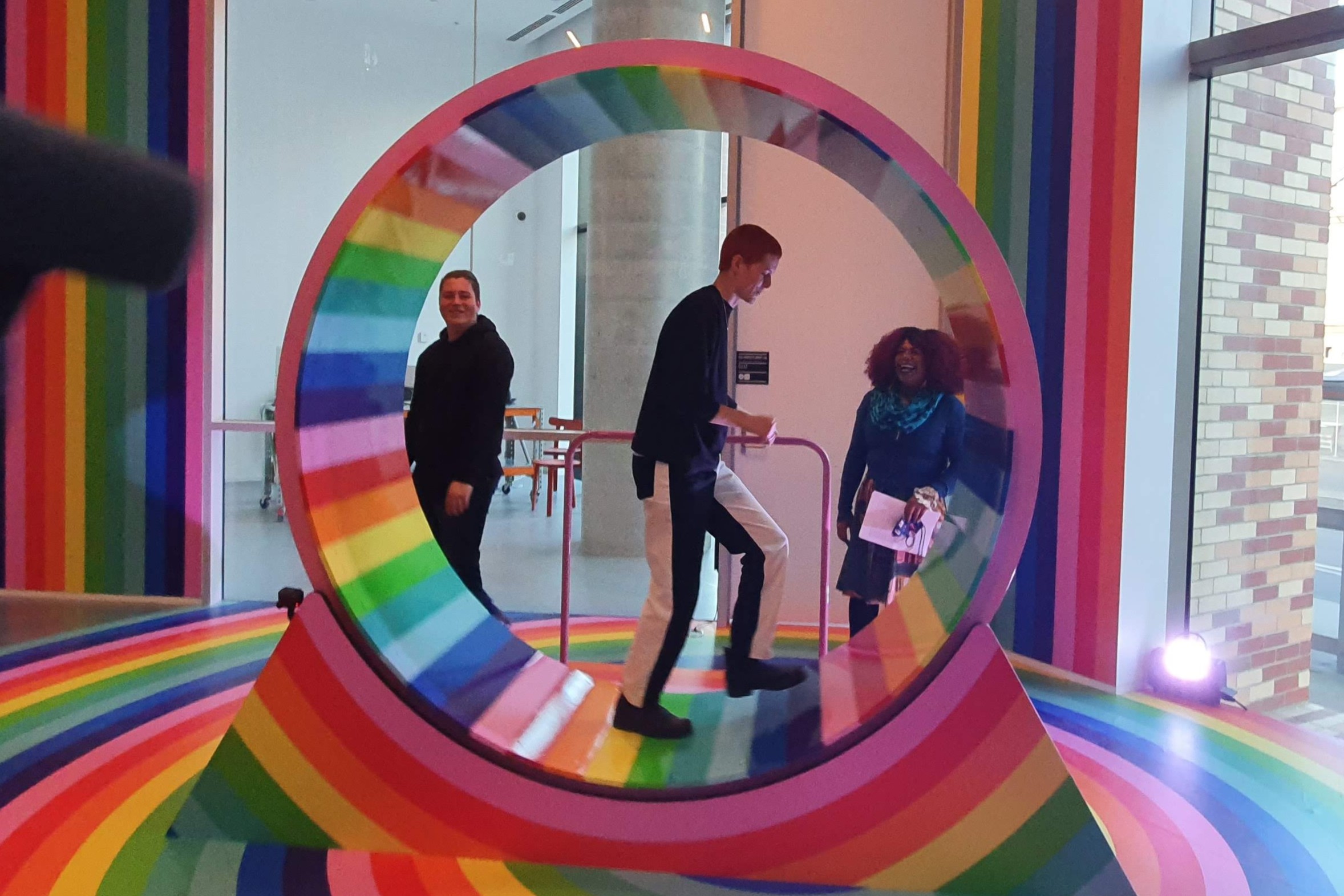Science Victoria Magazine
Science Victoria is the RSV's digital magazine about science and technology in Victoria and Australia. It is funded through the Inspiring Victoria program.

What we're covering
You can download the most recent editions here and read related articles.
If you would like to have Science Victoria emailed to you each month, then please subscribe to our mailing list.
We’re always on the lookout for articles, letters and news from Victoria’s science community. If you would like to write for Science Victoria, please check out our Guidelines for Authors.
We explore the great differences between the Indigenous and European view of the world. We have a need of Indigenous knowledge to heal our nation in many ways – to help counter the impact of climate change; to rescue our environment, both vegetation and wildlife; and to learn to live sustainably on our continent.
With research predominately publicly funded in Australia, much of the work and study is focused on scientific advancement, publications, and securing grants – rather than ‘science’ as a commercial product or service. In this edition we look at the intersection of Science & Business, and some of the ways that science and scientists are succeeding in the market.
Government policies are plans and guidelines that inform and direct actions on topics such as the environment, health, and infrastructure. Effective policies are informed by evidence, after consideration and weighting of relevant data, while also being responsive to new findings. In this edition, we look at the intersection of science & policy, particularly how evidence-based approaches lead to more effective and adaptable decision making.
Victoria is home to a diverse range of environments, which vary based on factors like local climate, water availability, elevation, geology, geomorphology, soils, and others. In turn, these environments are home to different ecosystems, comprising all manner of life that have lived in these niches for centuries. This month, we take a look at some of these different ecosystems, and how we might value and protect them.
Discover how you can join the society
We are a vibrant physical and online hub where Australians with an interest in science and technology can meet to energetically share insights, trade ideas and discuss solutions to our society's big challenges.
Let's create something amazing.











